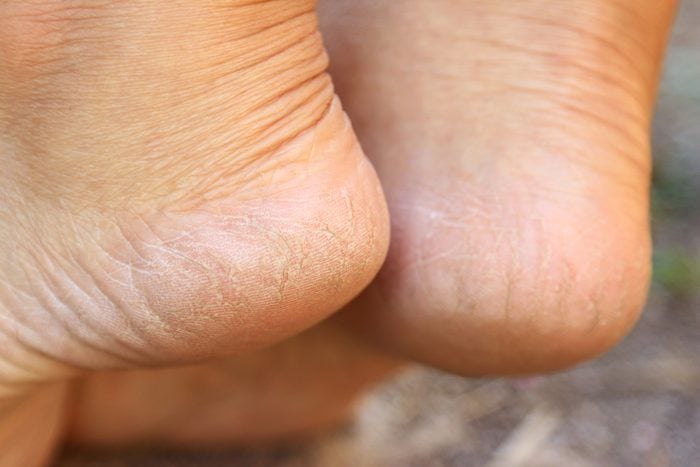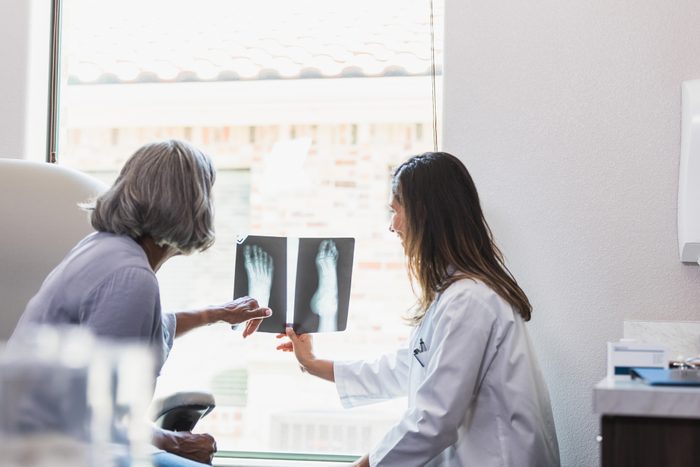
Talking about feet
From ingrown toenails and bunions to sprains, strains and broken bones, there are lots of reasons you might visit a podiatrist. Your foot doctor will no doubt give you all the information you need to help with your condition, but they can cover only so much ground during an office visit.
So there’s so much more they’d like you to know about avoiding foot pain, preventing infections and keeping your feet and toenails healthy.
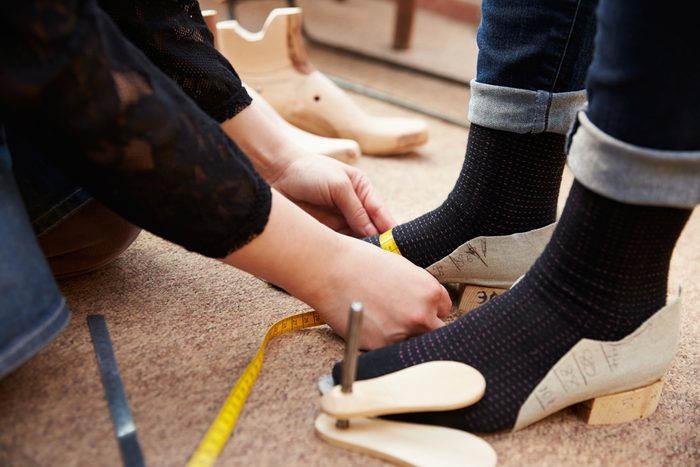
1. When you go into a shoe store, your salesperson should measure your feet
Have your feet professionally measured every time you shop for shoes. Natural aging and changes in your health can cause the size of your feet to change. Measure both feet—late in the day—and shop for the larger foot.—Lori Weisenfeld, DPM, a sports podiatrist in New York City
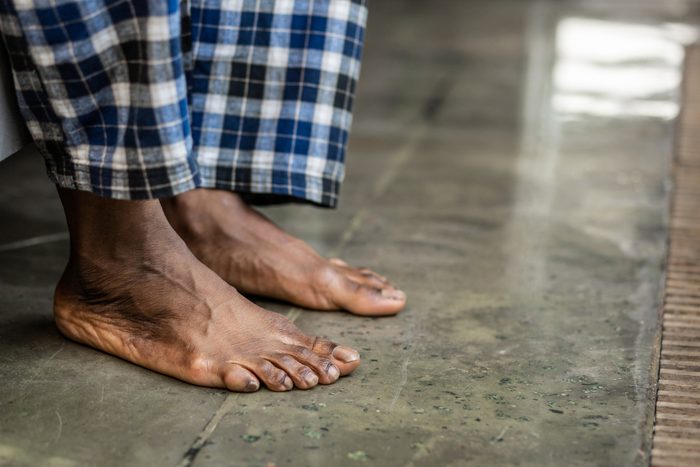
2. You love walking barefoot
If you transitioned to working from home in recent years, walking barefoot around the house all day could be leading to things like plantar fasciitis, Achilles tendinitis and other types of tendinitis.—Jane Andersen, DPM, a podiatrist at Chapel Hill Foot & Ankle Specialists in Chapel Hill, North Carolina.
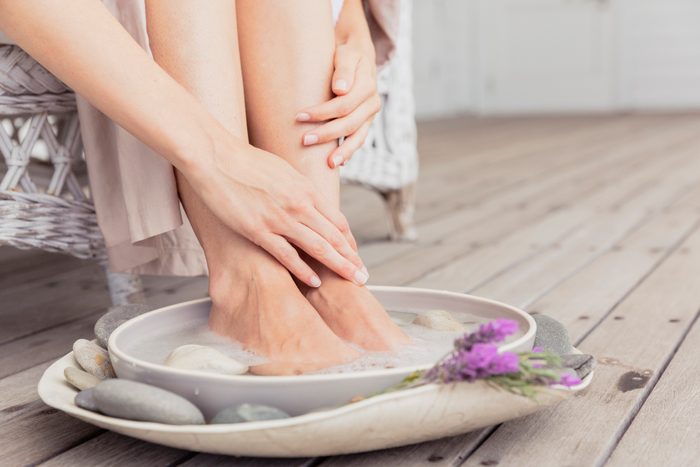
3. You don’t have to spend big bucks on foot therapies
This DIY foot soak will help clear up foot and toenail fungus, brighten nails and soften skin: Combine 1/2 cup apple cider vinegar, 2 cups warm water,= and 2 tablespoons baking soda. Soak for 20 minutes a few times a week.—Jacqueline Sutera, DPM, board certified doctor of podiatric medicine and surgery in New York City
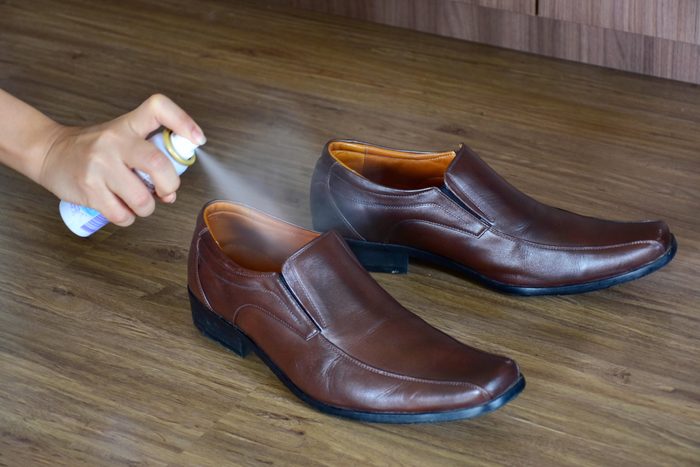
4. Your feet don’t need to smell
You use antiperspirant on your armpits to keep them from getting stinky, right? Well, the same stuff works on your feet. Try a spray and alternate your shoes so they have a chance to dry completely. Wear socks, as well, otherwise, the sweat will promote the growth of bacteria that stay in your shoes.—Dr. Andersen
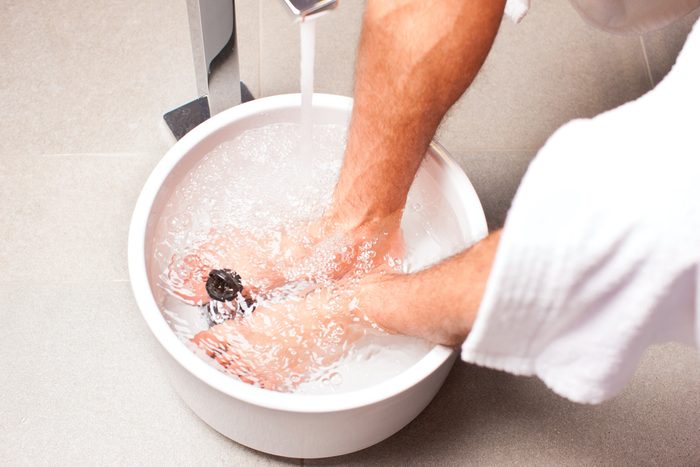
5. Infections from nail salons keep us in business
If you want to avoid scary pedicure dangers, book the first appointment of the day, when the equipment is cleaner. Those footbaths can be especially germy. Even if technicians spray the basin between customers, many of the tubs have drains and filters that don’t get cleaned.—Dr. Sutera
4 Things You Should Never Do When You Get a Pedicure—and 3 You Should, Say Experts
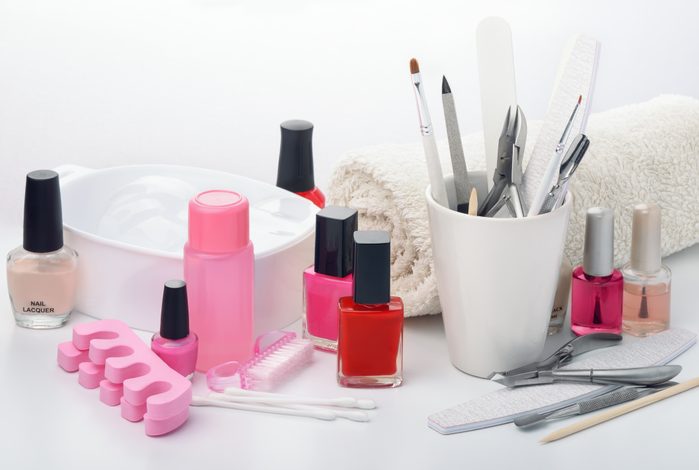
6. Bring your own pedicure utensils to the salon
Why? Because bacteria and fungus can move easily from one person to the next if the salon doesn’t use proper sterilization techniques.—Dr. Weisenfeld
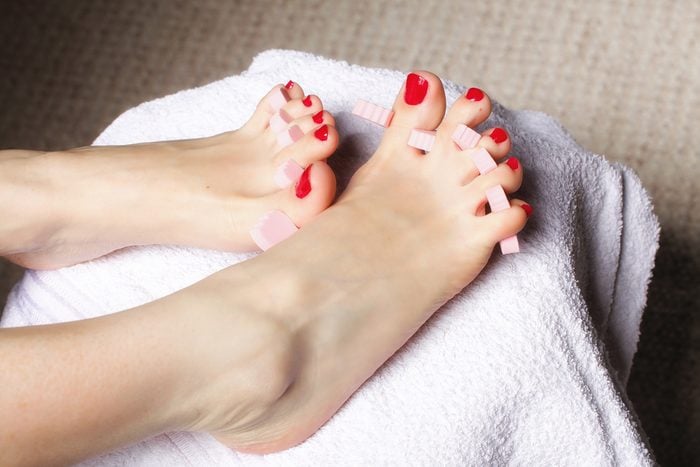
7. Toe separators, bunion splints,and “yoga toes” may help you feel better…
…but they aren’t going to get rid of hammertoes and bunions. You have to visit a podiatrist for that. If you have a structural problem, a $6 device like a toe separator isn’t going to reverse anything.—Dr. Sutera.
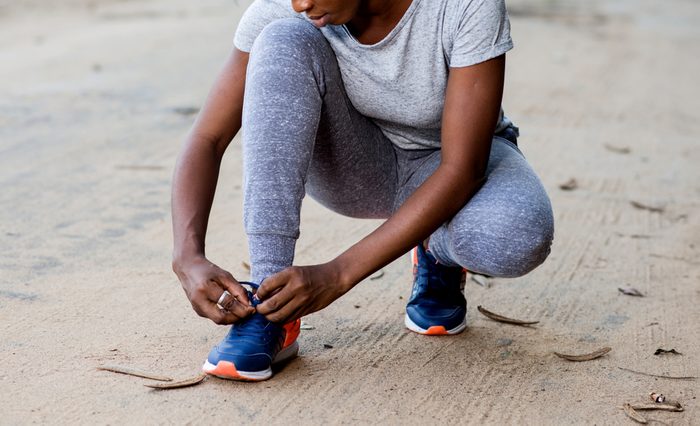
8. Buy shoes at a specialty running store, even if you just walk for exercise
A well-trained staff at an athletic shoe store will help you get the right shoe for your exercise of choice. They will typically analyze your foot and gait, offering the best sneakers to fit your needs.—Dr. Sutera
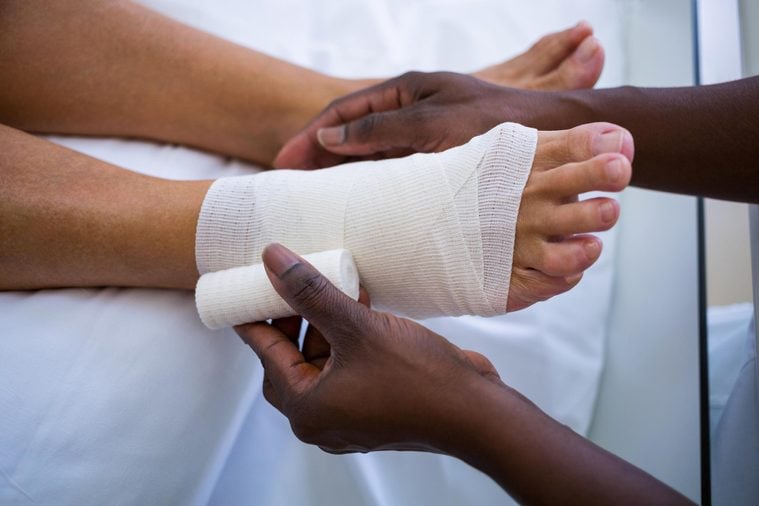
9. I’ve seen all sorts of things, including people who have shot their feet
You really shouldn’t clean your loaded gun after you’ve had a couple of beers. Another dumb move: Mowing the lawn in flip-flops. The first weekend of every spring, doctors see a lot of injuries.—Marlene Reid, DPM, podiatric physician and surgeon and owner of Family Podiatry Center in Naperville, Illinois
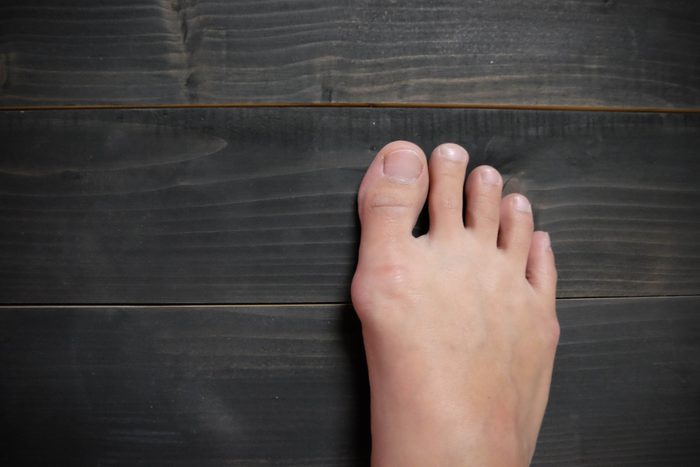
11. Sometimes if a bunion is really bad, a patient will ask me to amputate her second toe
That doesn’t mean podiatrists will do it, though, because it won’t fix the problem. It’s best to get bunions taken care of at a young age. If you wait until they get really bad, they’re much harder to fix.—Dr. Reid
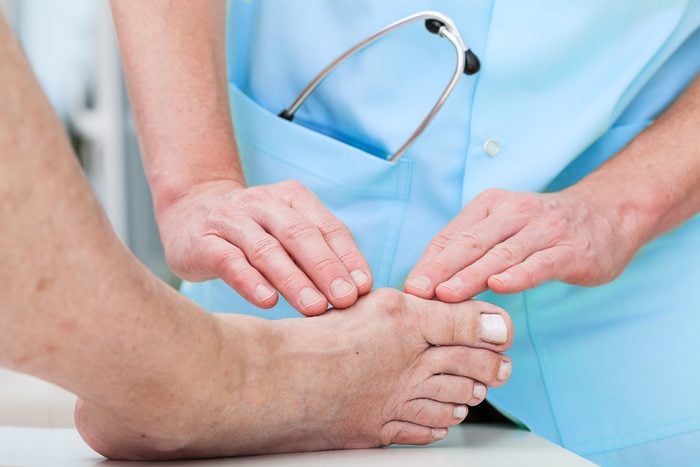
12. Not all bunions need surgery
A candidate for bunion surgery is someone who has difficulty wearing shoes and foot pain is starting to slow them down physically. Someone who says, for example, “I used to love going for long walks and now I can’t because my feet hurt.” People with mild to moderate bunions often can get relief from wider shoes, massage, stretching, orthotics and some padding.—Dr. Sutera
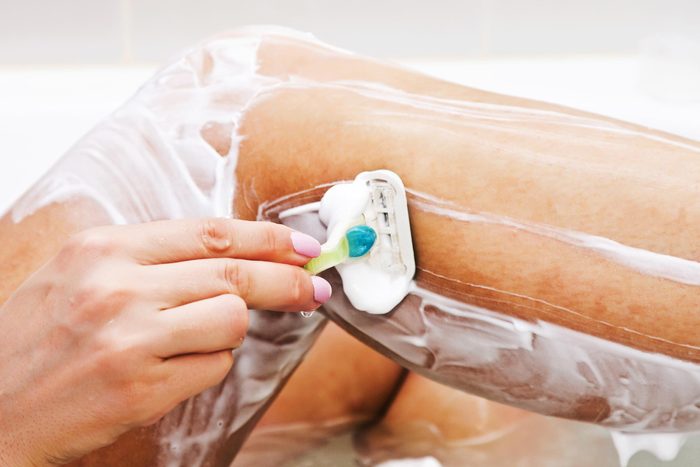
13. I don’t have a problem with people getting pedicures, but please don’t shave right before you go
You might be embarrassed by your stubble, but it will be worse when bacteria and fungus enter the microscopic nicks on your skin and lead to an infection.—Dr. Andersen
Bikini Wax Wisdom from Specialists: 6 Things You Should Never Do, and 3 You Should
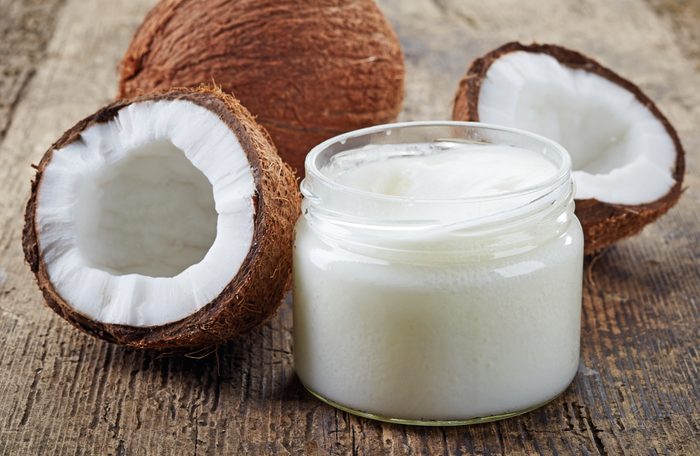
14. Coconut oil is something of a cure-all
Coconut oil is known to have anti-fungal properties. Use it to moisturize cuticles, as well as skin—especially cracked and calloused areas.—Dr. Sutera
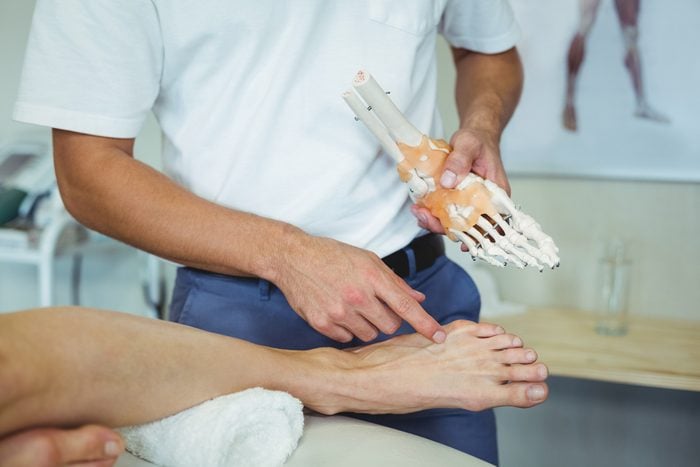
15. A lot of you hurt your foot or ankle exercising and head straight to an orthopedic surgeon
But unless he or she is specifically trained in the foot and ankle, going to a podiatrist is a better bet.—Dr. Reid
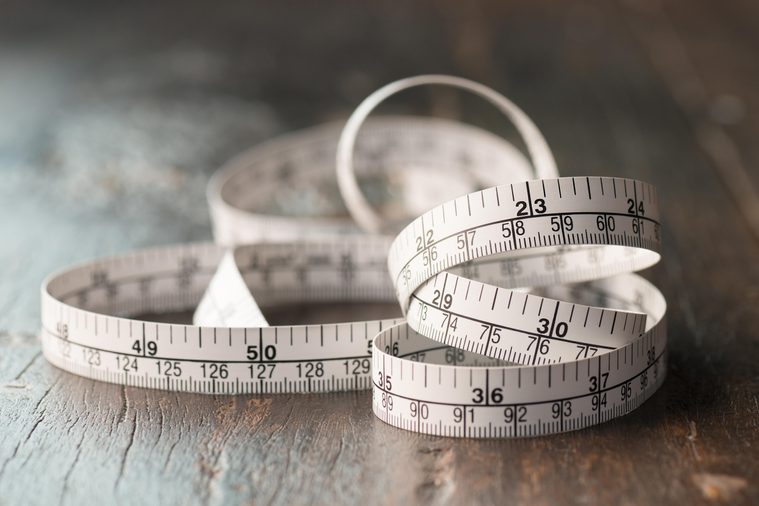
16. Fit your shoe to your longest toe
That might not be your great toe—a lot of people’s second toe is longer.—Dr. Weisenfeld
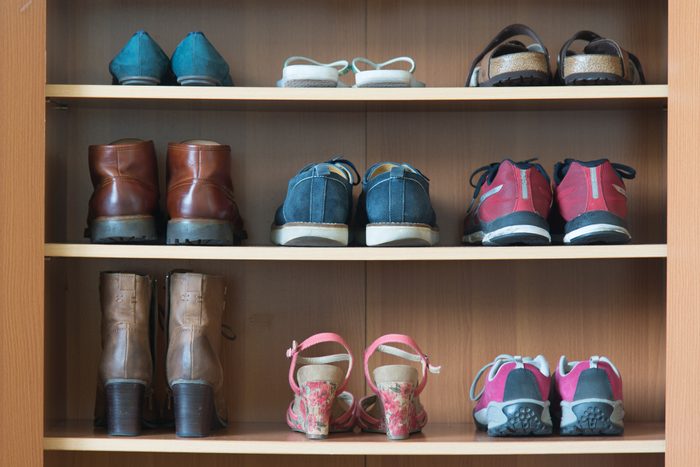
17. Your athletic shoes shouldn’t be the same size as your regular shoes
There should be one thumb’s width between the end of your longest toe and the tip of the shoe.—Dr. Weisenfeld
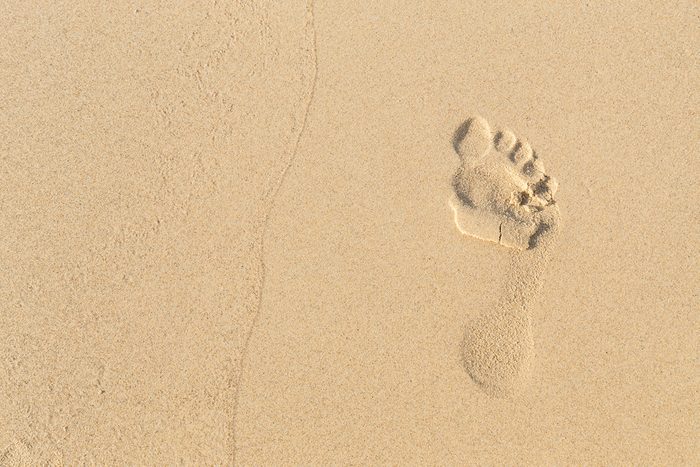
18. Barefoot running? Great idea—if you can stay on sand or earth
Barefoot running on concrete can mean you’ll end up with stress fractures and some very bad inflammation.—Dr. Sutera
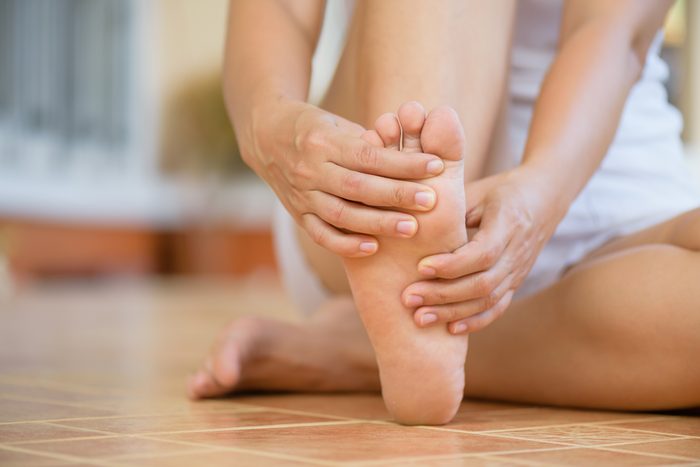
19. There’s no such thing as a “minor” foot infection
An infection in your foot that’s left unchecked can lead to a bone infection. Even a seemingly minor infection from a pedicure can become much more serious if it travels to the bone. Address these early and consistently.—Dr. Andersen
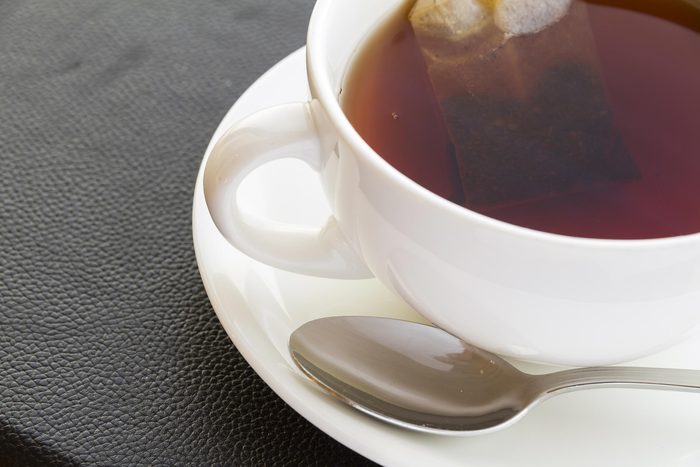
20. Here’s a home remedy to cure your stinky feet
Make some really strong black tea, then soak your stinky feet in it two or three times a week for 20 minutes. The tannic acid has been shown to temporarily shrink sweat ducts so they don’t work as hard.—Dr. Andersen
Here’s What Happens If You Don’t Wash Your Feet, Says a Medical Doctor
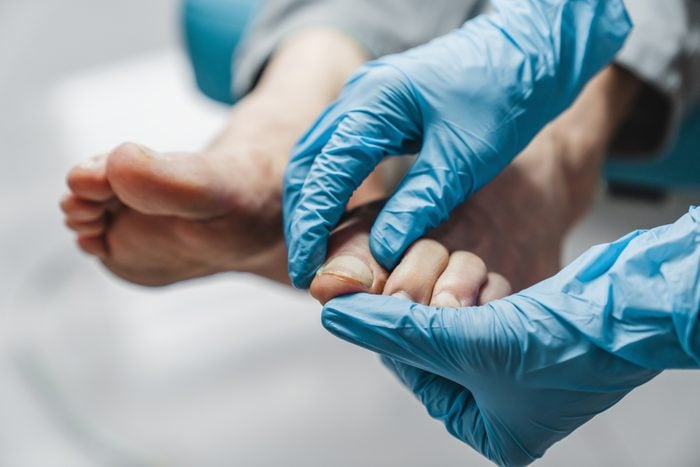
21. There’s an easy new way to get rid of ingrown toenails
Onyfix treats ingrown toenails without surgery or an injection. It works by gently changing the shape of your nail as it grows.—Dr. Reid.
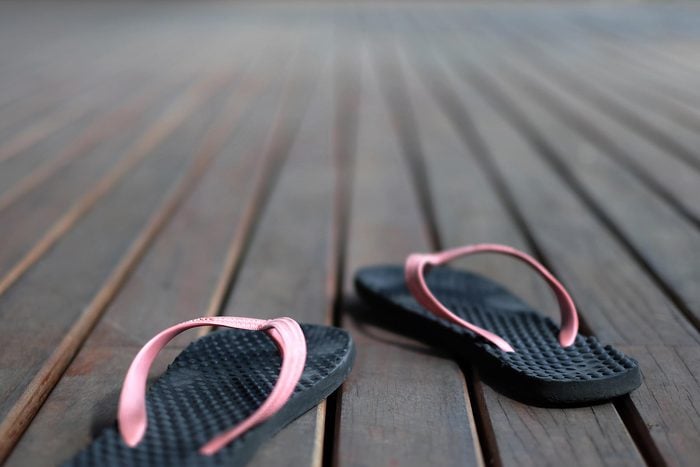
22. I wear flip-flops too…
But if you wear them every day, all day, you will end up in a podiatrist’s office eventually. Thong shoes are designed for the beach and pool, not for walking all over the place.—Dr. Reid
The 3 Best Flip-Flops for Walking, according to Podiatrists (Men’s & Women’s)
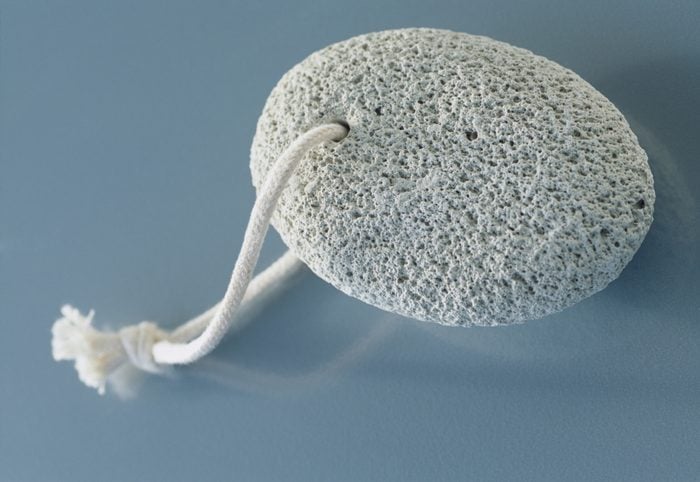
23. If you use a pumice stone, file in one direction
Don’t scrub back and forth, like you would a dirty pot or pan—this roughs up the skin even more. You can also opt for a battery-powered foot file, which rotates in a circular motion. But be careful: Use lightly once a week, instead of going at it deeply once a month.—Dr. Sutera

24. I have people who tell me that I changed their life
Sometimes all a podiatrist has to do is tell a patient to wear a bigger-size shoe. We’ll think, Did that really change your life? But if you had a lot of foot pain, it’s a big deal.—Dr. Andersen
These Walking Shoes Are the Only Ones This Podiatrist Recommends
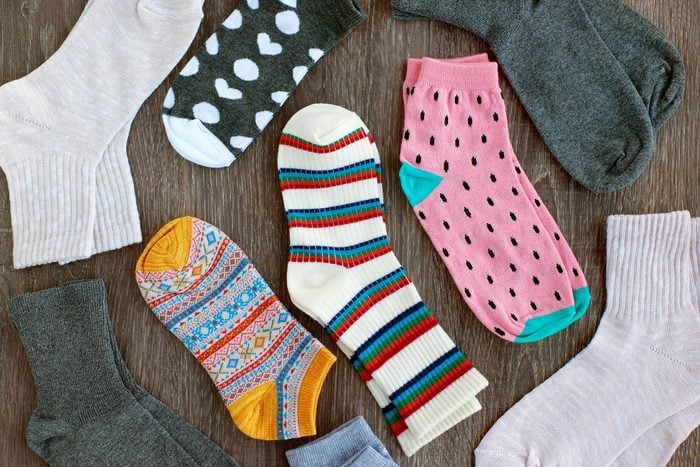
25. Socks that are too small can cause blisters
Yes, just like a shoe can. Go with what feels comfortable.—Dr. Andersen
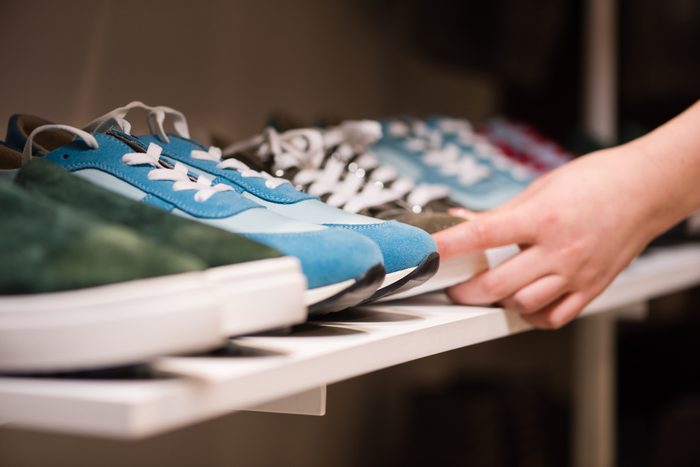
26. Replace your sneakers every six to 12 months
Mark the date of purchase on the inside of your shoes with a permanent marker so you’ll know when it’s time for a new pair.—Dr. Weisenfeld
The Only Question You Need to Ask to Find the Best Running Shoes
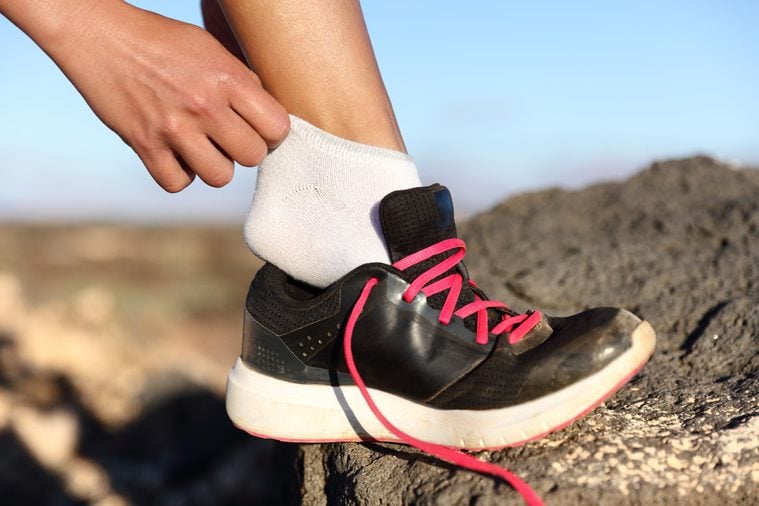
27. The best socks are not 100% cotton
Look for materials that promise to wick moisture away.—Dr. Andersen
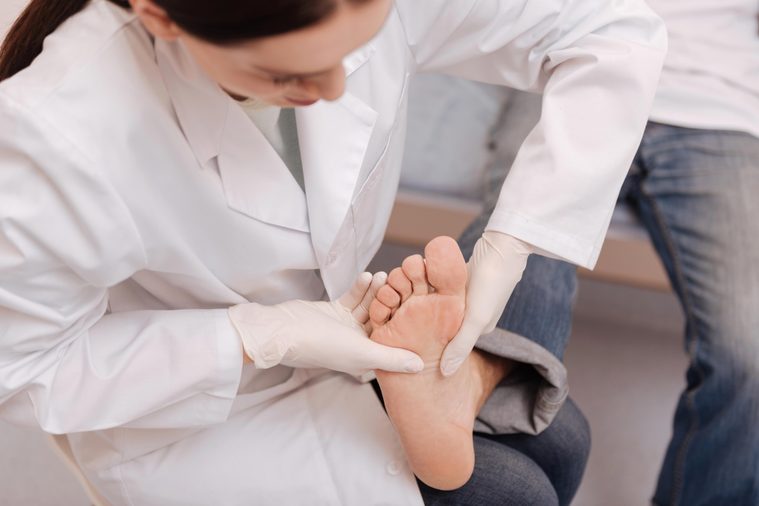
28. A lot of women are embarrassed to show me their feet
Many women say they feel as if they’re going to a gynecologist when they have to take off their shoes!—Dr. Reid
